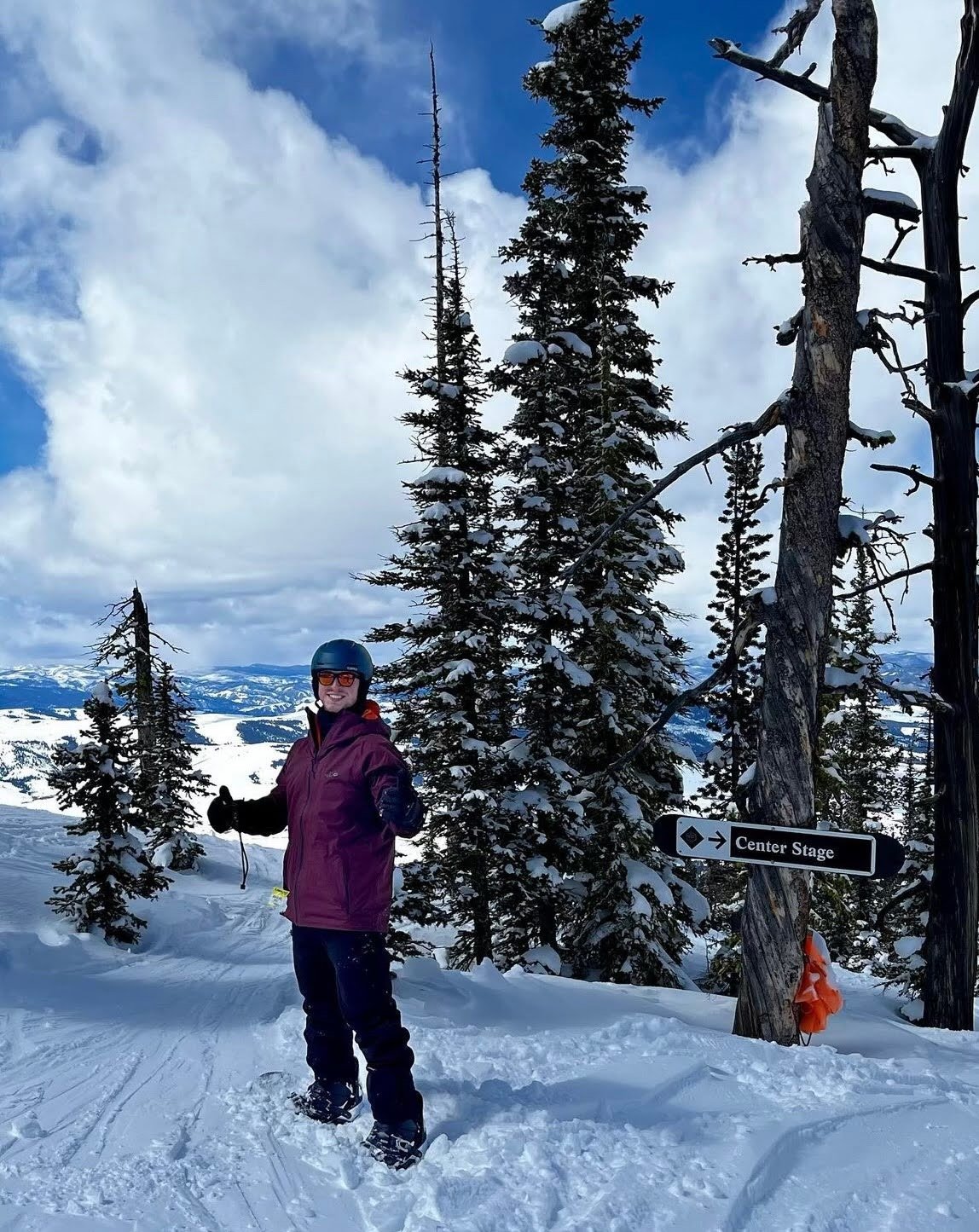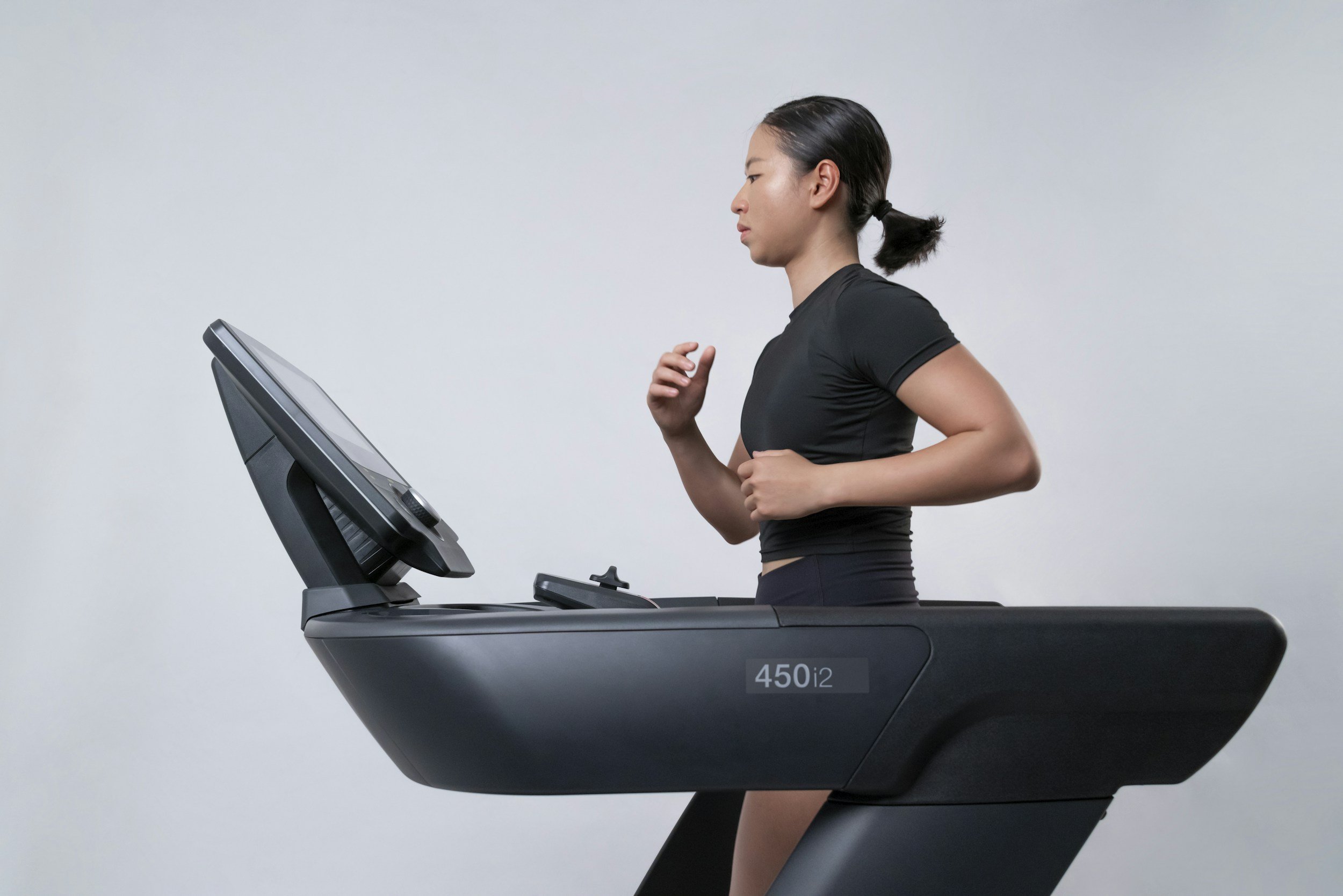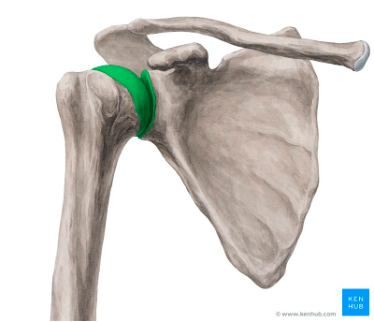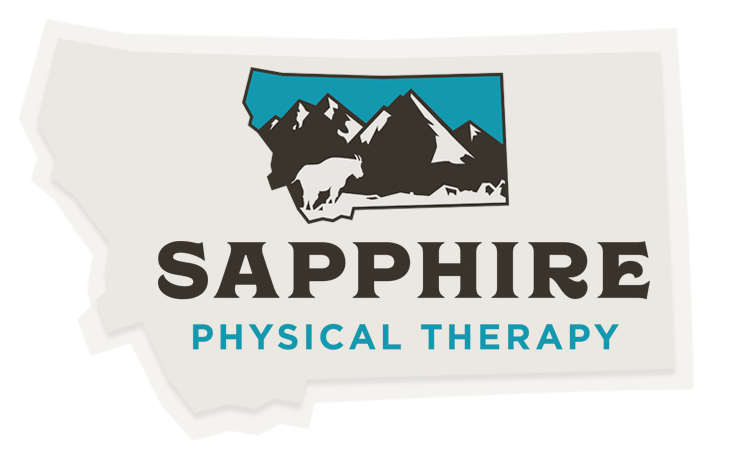
Strength Training Has Many Forms
As a physical therapist, I have the opportunity to work with a variety of individuals with unique rehabilitation goals. Elite athletes, post-operative individuals, and patients dealing with the consequences of multiple medical issues or ageing enter the doors of Sapphire Physical Therapy every day. Physical therapists are movement specialists. Following a comprehensive evaluation and working diagnosis, each patient works with a physical therapist to create a strength training program to achieve their goals. The challenge and reward of physical therapy is creating the correct type of strength training program and documenting its effectiveness over time.

Insights from a Pelvic Floor Physical Therapist - Part 1: Incontinence
Throughout a series of posts, I’ll discuss a variety of kinds of pelvic floor dysfunction, their symptoms, and provide insight into how physical therapy can help manage these issues.
One of the most common types of pelvic floor dysfunction I treat is urinary incontinence, which is divided into 4 types:

Snowboarding Prehab
Every season in Montana has its outdoor recreation to look forward to and for me and many others, winter means snowboarding. When I first learned to snowboard as an adult, I spent the weekend catching edges and came to work with such a sore neck; I could barely lift my head off the plinth to demonstrate exercises. Snowboarding can be a violent sport with a steep learning curve, but once an athlete gets the hang of it, it is an awesome way to move our bodies and enjoy time with friends in the beautiful Montana winters.

What is VO₂ Max and Why It Matters
VO₂ Max is a common performance measure thrown around the health and fitness world and is often used to gauge an individual’s peak fitness level. Because it can be used as a performance measure for athletes, it is sometimes misunderstood as being important only to those looking to improve their athletic endeavors. While this is true, it is also an important marker of health for everyone, as one’s peak fitness applies to everyday life. In this article, we will discuss VO₂ Max, what it is, and why it matters for your fitness, health, and goals.

Is The Squatty Potty The Magic Answer for Constipation?
It’s true - position during defecation can affect the ease and effectiveness of the process in a positive way. The Squatty Potty, or any stool which increases hip flexion (the closer your knees are to your chest), helps for a few reasons -

How To Get To The Rut Starting Line Injury Free
The Rut is rapidly approaching! As you begin counting down the days until race day, we put together some reminders to help get you to the starting line injury free.

Trail Etiquette Public Service Announcement: Pooping on the Run
In the past, I have written articles on the topic of trail etiquette. Previous articles discussed the importance of yielding to upcoming foot and bicycle traffic, yielding to horses, and staying on designated trails. A disgusting and disturbing trail issue has been brought to my attention by multiple individuals. Apparently, some members of the Missoula running (and likely hiking, cycling) community have decided it is appropriate to poop on public and private land without packing the poop out.

What’s Normal When I Urinate?
Leaking when you cough, sneeze, or jump is not normal. Neither is having to urinate EVERY time you go to the grocery store or dribbling a little when you stand up after urinating. Despite what the people around you are telling you, these things are COMMON, but not normal.

The Rotator Cuff: What is it and its function in the Shoulder
The shoulder is one of the most intricate joints in the body, presenting a challenge in managing shoulder discomfort. With its involvement of multiple structures and varying pain presentations, pinpointing the precise origin of shoulder pain proves difficult. This was recently exemplified in a study performed by Barreto et al. who examined individuals with unilateral shoulder pain. The study imaged both asymptomatic (non-painful) and symptomatic (painful) shoulders of the same individual, and what they found was nearly identical results on each side. For instance, 90% of symptomatic shoulders showed signs of tendinopathy compared to 89% on the asymptomatic side (1). This underscores that structural damage or irritation does not always dictate the presence of pain, highlighting the intricacies of the shoulder.

Hamstring Strains: Treatment and Prevention
Running along the back of our thigh, the hamstring starts at our ischial tuberosity and attaches to our lower leg bone. When it contracts, it helps to extend our hip and bend our knee. Because the hamstrings cross both the hip and knees joint, they are known as biarticular muscles. Biarticular muscles are more likely to strain because they can be placed under stretch at both joints. Hamstring strain injuries occur during moments of high demand on the muscle in its fully lengthened position (hip flexed and knee extended), such as sprinting or quickly stretching when we kick, brake, or lunge. The long head of the biceps femoris is the most commonly affected, responsible for around 80% of strains to the region (1).
